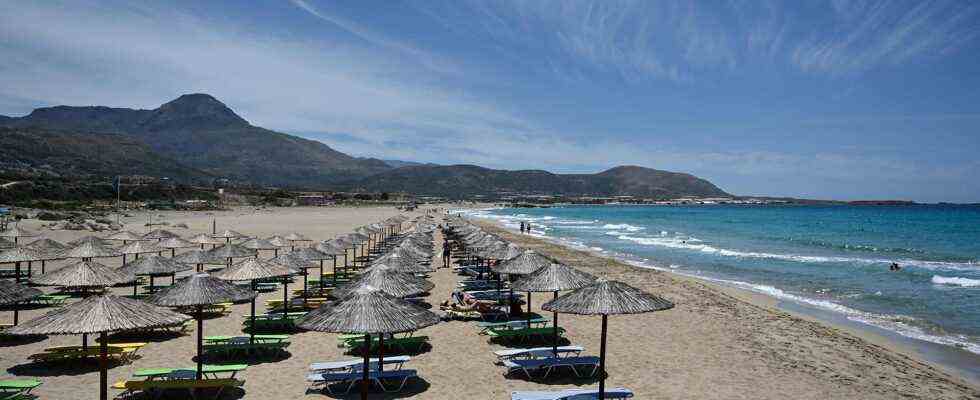As of: 08/20/2021 4:05 p.m.
Crete and other Greek holiday islands will be high-risk corona areas from Tuesday. This was announced by the Robert Koch Institute. But the Canary Islands and Catalonia no longer fall into this category.
Due to the increasing number of corona infections, the federal government is classifying Crete and other Greek holiday islands, such as Rhodes, Kos, Mykonos or Naxos, as high-risk areas from next Tuesday. Kosovo, North Macedonia and parts of Ireland also fall into this category. Brazil is then no longer a virus variant area but also a high-risk area.
Unvaccinated people have to be quarantined after their return
Travelers who have neither recovered nor vaccinated have to go into quarantine for ten days after their return – from the fifth day this can be ended with a negative corona test. For children under the age of twelve, the obligation to quarantine automatically ends after five days, as stated on the Ministry of Health’s website. There is no quarantine requirement for fully vaccinated and convalescent people.
Countries and regions with a particularly high risk of infection are classified as high-risk areas. Unlike in the past, it is not just the infection numbers that are decisive. Other criteria are the speed at which the virus is spreading, the burden on the health system or a lack of data on the corona situation. According to the new classifications, there will be around 70 countries that are wholly or partially classified as high-risk areas.
Canary Islands no longer a high risk area
On the other hand, the Canary Islands and Catalonia with the tourist metropolis Barcelona and the beaches of the Costa Brava were downgraded. As of Sunday, they will be removed from the list of high-risk areas, as announced by the Robert Koch Institute.

